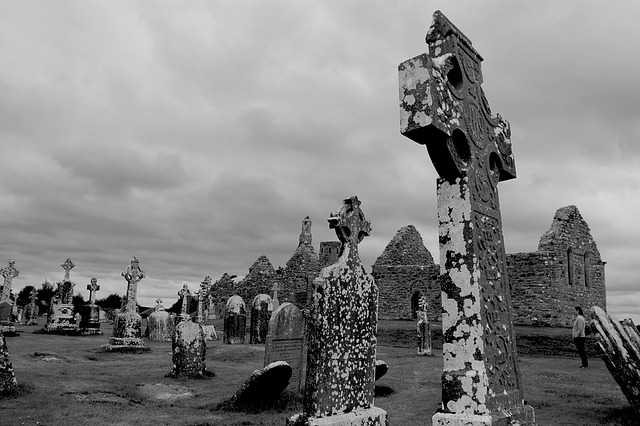Ireland has many abbeys and monasteries that tell its history of Catholicism. Some have since been abandoned, while others are still in use. You can go on an adventurous trip to explore the heritage of holiness in the country.
Ireland was, at some point, known for its spirituality in Europe. The country’s long history of Christianity, especially Catholicism, is evident in the number of monasteries and abbeys across its regions. The monks used these abbeys as homes but also as places of knowledge for those seeking religious guidance. Explore the religious heritage of Ireland by discovering the abbeys in the country. Some have fallen into ruins, while others are still in use. Go to highspeedtrains.com to book a ticket to Glendalough, the ancient monastic city where several of these abbeys are.
Old Mellifont Abbey
Planning a trip to Ireland involves knowing the places you want to visit and the activities you want to engage in. Discovering abbeys in Ireland require you to know where to start. For many people, it is the Old Mellifont Abbey in County Louth. It is the first Cistercian Abbey and currently lies in ruins within the hollow of its protective hills. Despite being in a state of ruin, this abbey is still a beauty to behold. Apart from the stunning hills around it, you can also hear the gurgles of the stream beyond them.
Old Mellifont Abbey is an integral part of Ireland’s cultural heritage, as it was the country’s first Cistercian Abbey. It has a long history, including the addition of several buildings over the centuries it was in use and its suppression by Henry VIII of England in 1539. Despite being in a state of ruin, this abbey is still a beauty to behold. Its design displays the architecture of medieval times and the vision of the men who built it.
Clonmacnoise

Most abbeys are old and, therefore, in some degrees of ruins and degeneration. However, this is not so for Clonmacnoise. It is one of the most well-preserved abbeys in Ireland and was founded by St. Ciaran in the 6th century. Although it has been attacked and plundered numerous times, it still played a significant role in propagating the Christian religion in Ireland between 545 and 1552.
The importance of Clonmacnoise can be traced to its High Crosses, especially the Cross of the Scriptures. This cross got its name from the biblical scenes carved on it, which include the Crucifixion and the Last Judgement. A tour of Clonmacnoise will steal your breath away as you behold the ancient structures, the two round towers and the ruins of six churches spread across the land. You can also review the abbey’s history in the modern Interpretative Centre when you visit.
Holycross Abbey
Holycross is a destination for many pilgrims setting out to Ireland. It is located in the picturesque medieval village with the same name in County Tipperary. The abbey has a rich history, and tourists have been travelling there for over eight centuries. The pilgrims troop there yearly to venerate the main relic in the area, a piece of the True Cross of Christ’s crucifixion. It is after this relic that the abbey and surrounding villages are named.
Tours of the abbey are to be pre-booked at least two days before a visit to ensure availability. The abbey is typically unavailable to tourists when there are local ceremonies. If you are able to visit, you must pay a guided tour donation of five euros. With that, you not only get to see this important landmark and inspect the relic, but you also get to see the only surviving medieval wall paintings in the country. Visiting Holycross Abbey will bring you close to many attractions like the Rock of Cashel, Cahir Castle, and Famine Warehouse 1848.
Since it was first introduced in the 5th century, Catholicism has played a very dominant role in Irish history. Monks were revered, and priests had a significant influence on social issues. You can imagine how life was in those years as you walk the ancient structures those keepers of religion occupied during the old days. Some are still in use, so you may not be allowed access to all their parts.


